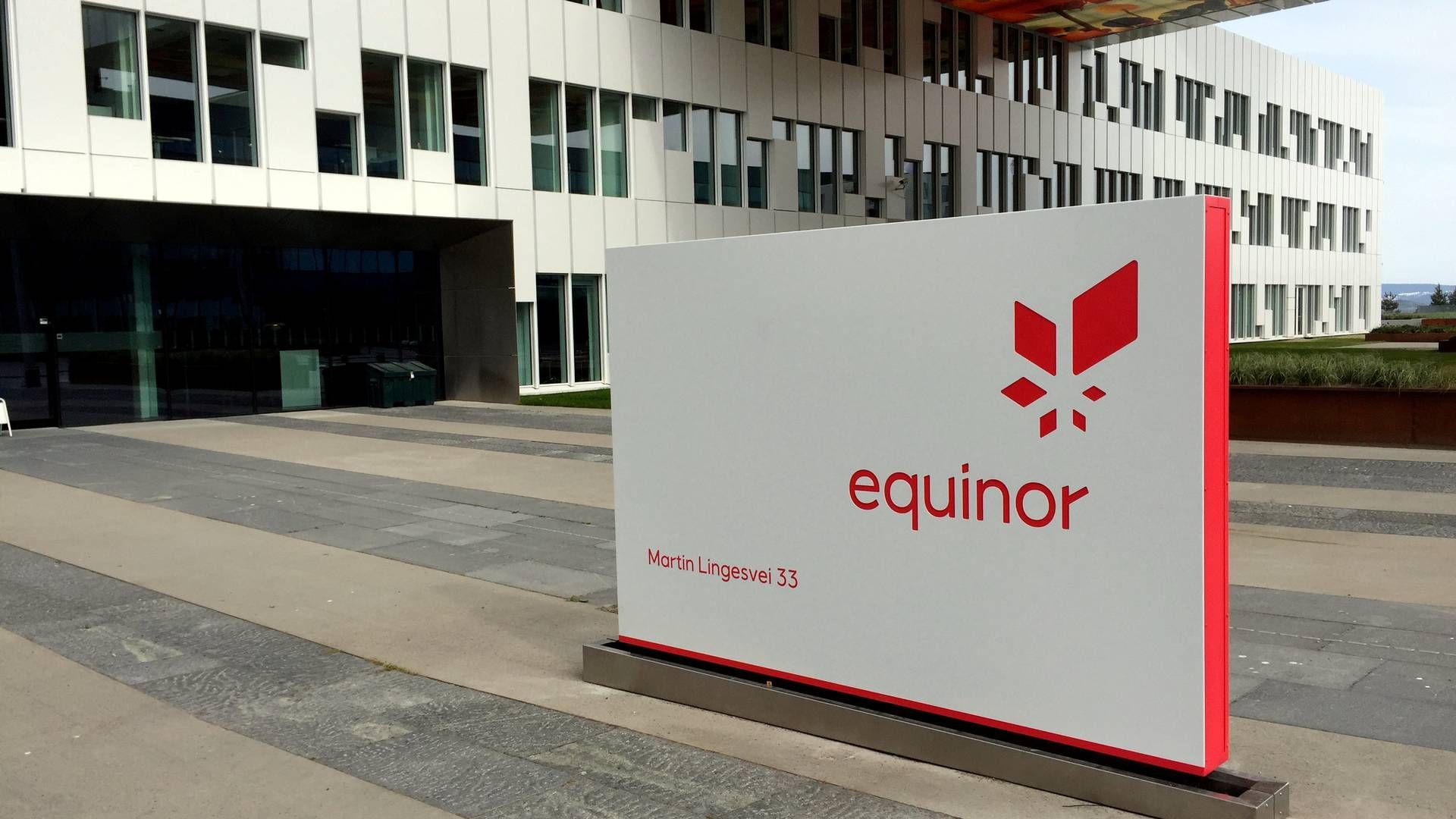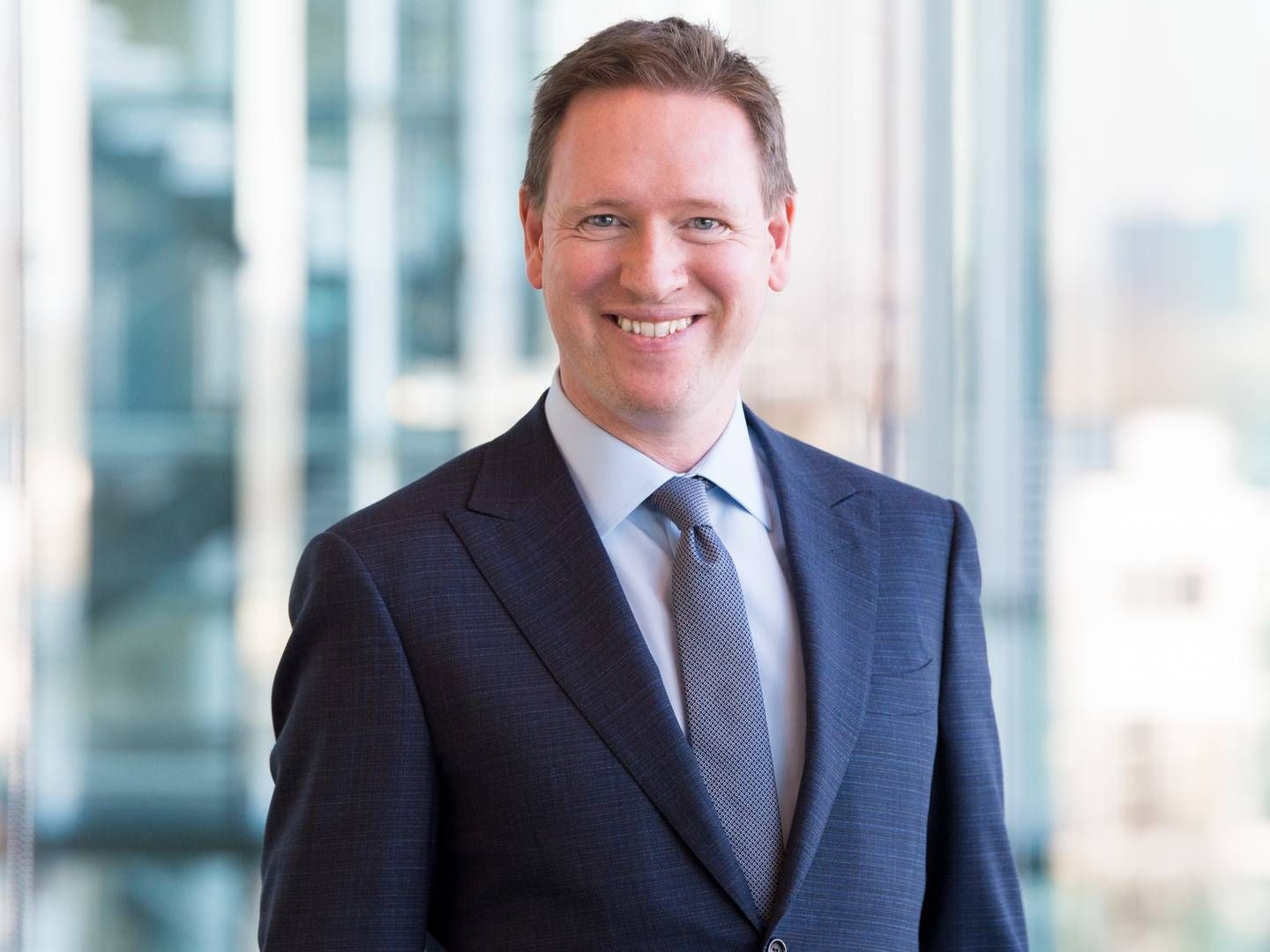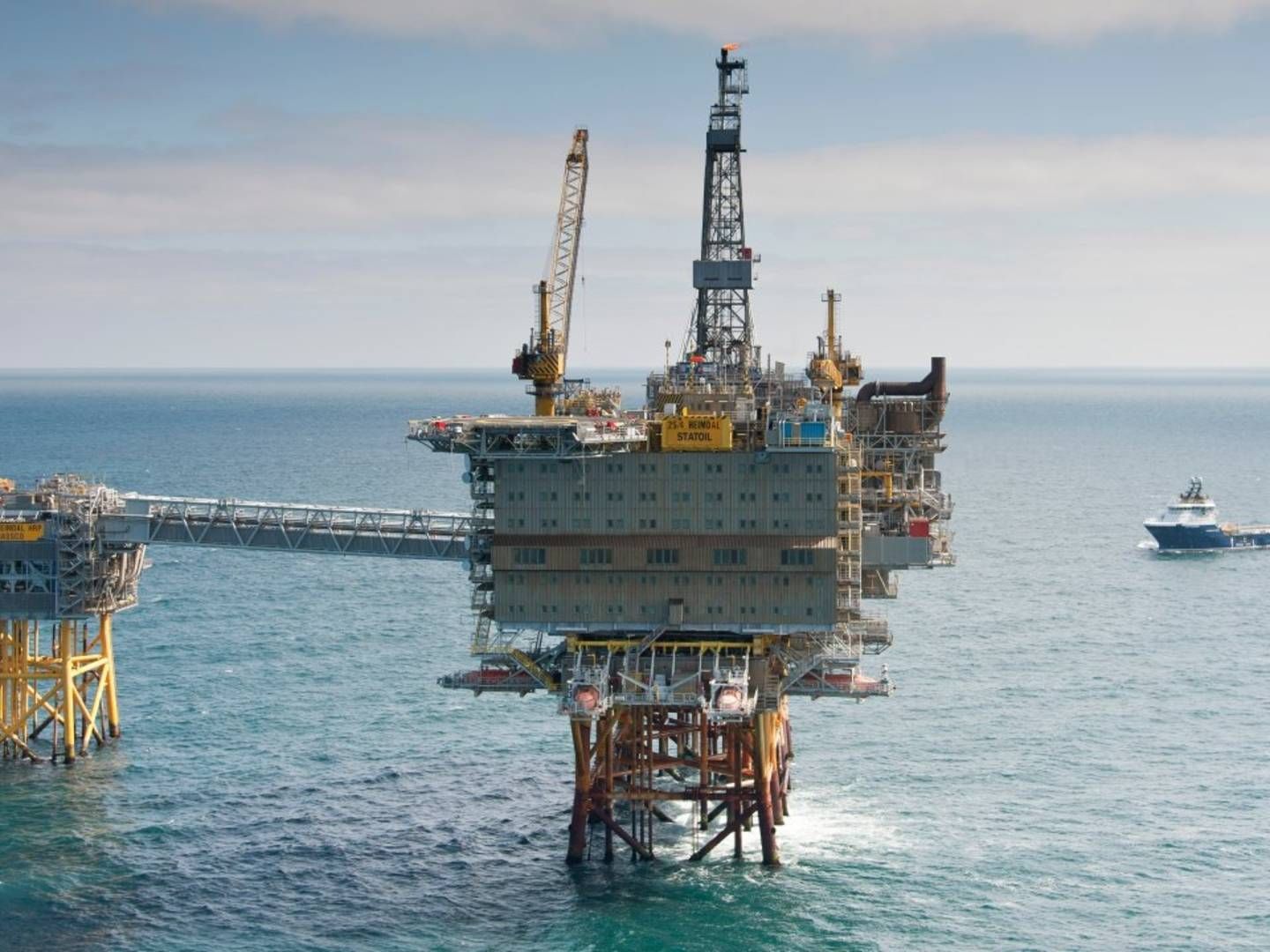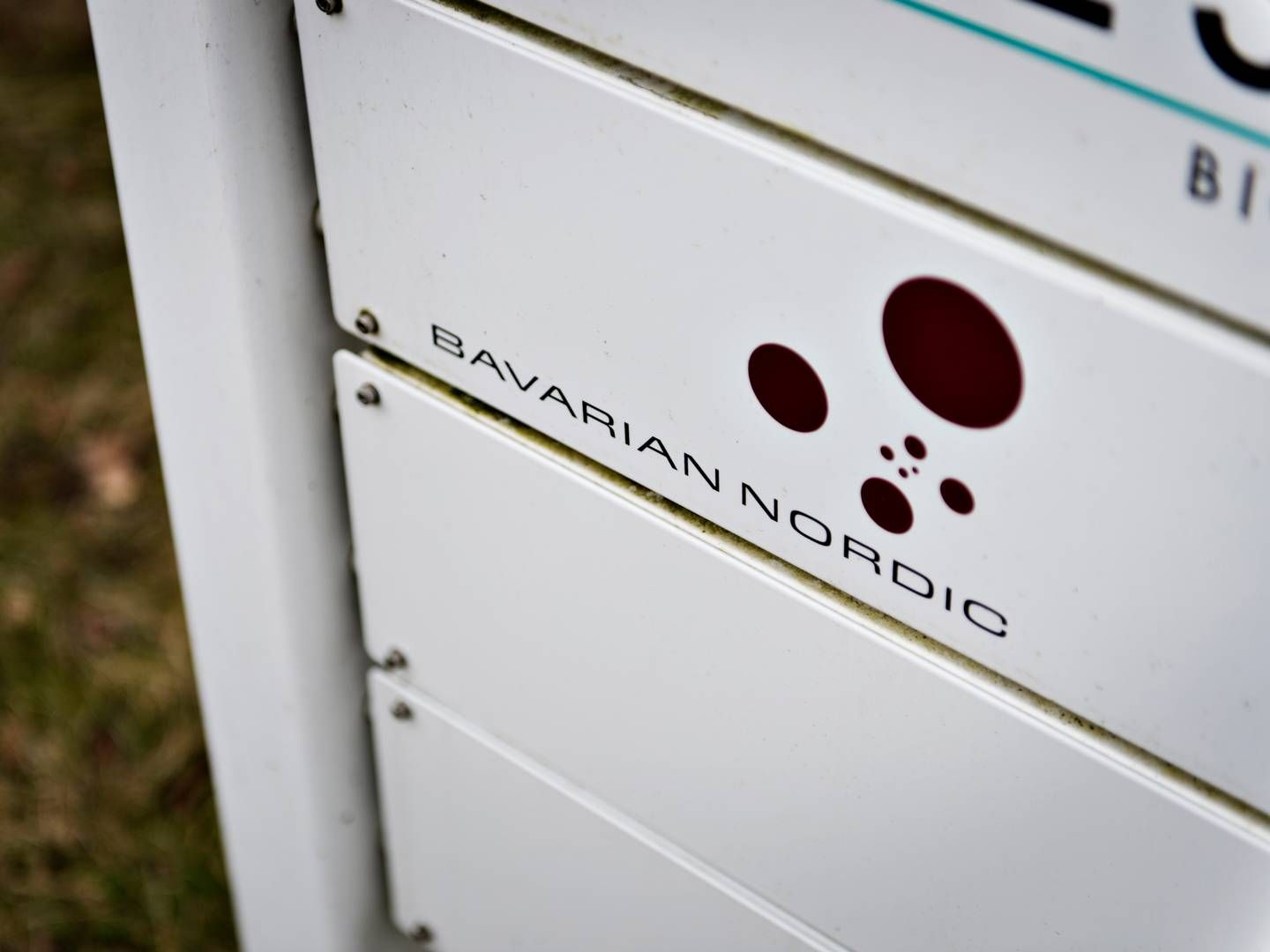Probe reveals multiple health risks and hazards at Equinor's Åsgard site

The Petroleum Safety Authority Norway (PTIL) has carried out an inspection of working environment risks at Equinor’s Åsgard B site. The objective of the inspection was to verify that Equinor’s management of the working environment encompassed risk reduction measures on health hazards.
Various risks were examined between November 2021 and January 2022, and the findings were released by PTIL in late September.
Regulatory nonconformities were found in the following areas:
- Working environment
- Ergonomic factors
- Health risks tied to noise
- Health risks tied to the chemical working environment
- Manning
- Overtime work exceeding the maximum work hours allowed per year
- Management of psychosocial working environment.
Equinor failed to carry out necessary analyses, which would have ensured a safe working environment, and those in charge of Åsgard B had insufficiently brought in professional expertise to address the issues, according to the report by the PTIL.
Risks of exposure to stress, noise, benzene, mercury and methanol
Assignments involving risks of physical distress was insufficiently mapped out. A number of staff groups were seen carrying out assignments in areas with health-harming noise levels. Such personnel included process operators, crane operators, deck personnel, electricians, automation operators, mechanics and chefs.
In addition, the company failed to prevent chemical exposure that could prove harmful to the health of staff, including exposure to benzene and mercury. The indoor climate was not addressed. Workers working on air conditioning, entering tanks, preparing equipment, draining and changing filters risk exposure to chemical risks.
The supervisory authority also determined that employees at Åsgard B could be exposed to mercury and methanol.
Mercury measurement units were available, but it was unclear who was responsible for carrying out such tests, and there were strong indications of insufficient training. It could not be confirmed that filters for protection against inhaling methanol were available. The breathing equipment that was used was neither approved or in conformity with current regulations.
High psychosocial risks
Moreover, there were negative observations related to certain groups’ composition and management. According to the report, Equinor failed to ensure a sufficient psychosocial working environment, which would include conditions that could affect workers’ health, wellbeing and safety.
Insufficient staffing was also determined present, as were high psychosocial risks for individual operator groups. It emerged that certain operators work under conditions, which in some instances contributed to anxiety of triggering a situation or incident through slip-ups. It also emerged that this was a known problem that had intermittently cropped up internally in the company for several years. Moreover, there was a high degree of overtime and a high workload on top of that
”More work needs to be done”
VP of Communications Sissel Rinde says that the company has worked to address the issues highlighted by the report for a longer period of time.
”Unfortunately, we must merely note that we haven’t reached the finish line and that more work needs to be done. Going forward, we will get to work on this and work out how the nonconformities can be resolved before the deadline in the report,” says Rinde to EnergyWatch.
In addition to work on following up on the inspection report, Equinor has started work on setting up systems and methods for following up and managing the working environment following feedback from inspections.
The PTIL has asked Equinor for an account on how the company means to handle these nonconformities by Oct. 14, 2022.
At Equinor, various experts provide their expertise on environmental, health and safety matters. In some cases, the oil outfit brings in external expertise when reviewing and revising its methods.
”There can be challenges related to a heavy workload, unclear roles and responsibilities or conflicts. At Equinor, risk management of psychosocial working environment is in line with any other [environmental, health and safety] risk in the company. Working environment is crucial to Equinor, as it affects health, performance and engagement as well as safety,” says Rinde.
Equinor EVP leaves oil industry
Equinor handed substantial fine for Heimdal gas explosion
Earthquake forces Equinor to close oil field
Equinor receives order upon ”serious” regulation breaches
Researcher: Unidentified drones meant to sow uncertainty on Norwegian gas
Related articles
Equinor EVP leaves oil industry
For subscribers
Equinor handed substantial fine for Heimdal gas explosion
For subscribers
Equinor takes FID to build UK battery storage
For subscribers




















.jpg&w=384&q=75)




